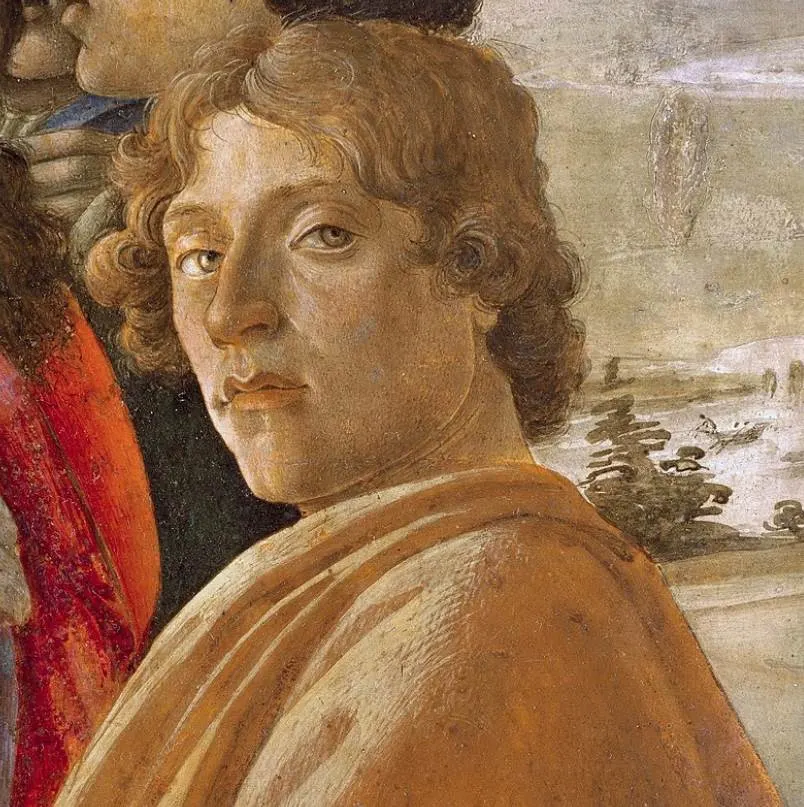Before the Romans conquered many parts of Europe, Africa, and Asia, the Etruscans lived in the area around Rome.
Although they left behind an impressive collection of Etruscan art, the ancient Romans left behind countless architectural marvels, extraordinary sculptures, and intriguing frescoes.
Italy has been a melting pot of different cultures for multiple millennia and it remained an important center in the world of art after the fall of the Western Roman Empire in the 5th century.
The country saw major artistic developments throughout the Renaissance (1300-1600) as famous Renaissance artists transformed the world of art. Some of the most talented people in the history of mankind emerged during a brief period referred to as the High Renaissance (the 1490s-1527).
Baroque artists and Neoclassical artists emerged in Rome and the country became an important cultural center in Europe as most of the new art forms spread throughout Europe. What’s remarkable is that Italy never lost its dominance in the world of art until modern times.
Let’s take a closer look at some of the most famous Italian artists in history, people who shaped the world as we know it today.
1. Leonardo da Vinci
Leonardo da Vinci (1452-1519) is arguably one of the most brilliant people to have ever lived. This polymath is credited as being a painter, draughtsman, engineer, scientist, theorist, sculptor, and architect, just to name a few of the fields this man excelled in.
Although he is most famous for his drawings and paintings, especially the Mona Lisa painting which can be described as his Magnum Opus in this field, his legacy is that of a man who changed the world as we know it with numerous inventions and scientific discoveries.
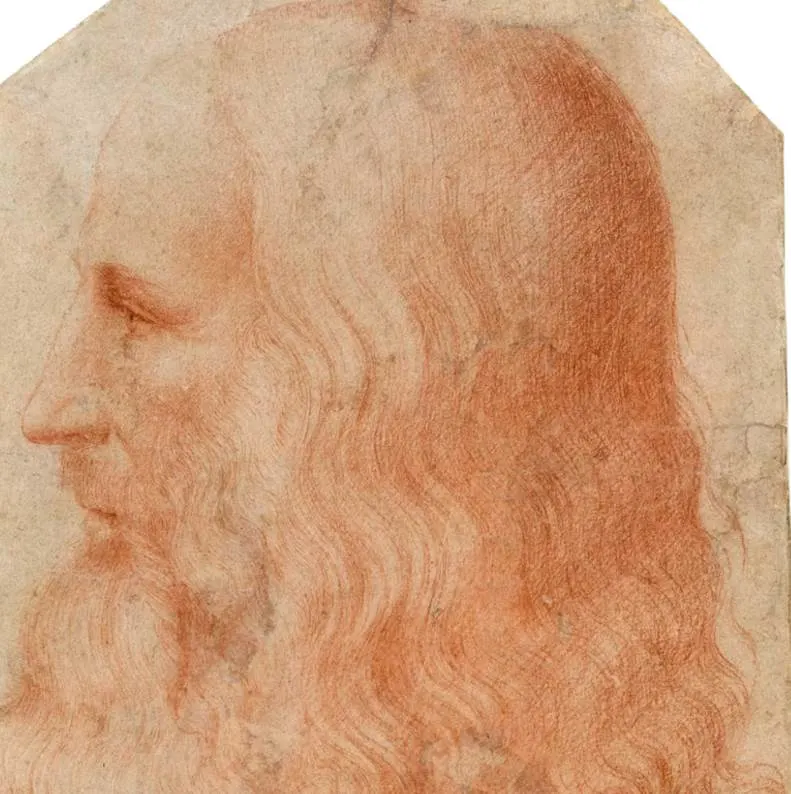
2. Michelangelo
Michelangelo di Lodovico Buonarroti Simoni (1475-1564) was another famous Italian artist who emerged during the High Renaissance and who left behind an incredible oeuvre of world treasures. These include sculptures, paintings, frescoes, and buildings that he designed.

The genius of Michelangelo translated into sculptures such as the Pietà and the Statue of David and the incredible frescoes at the Sistine Chapel which include the Creation of Adam and The Last Judgement.

3. Raphael
Raffaello Sanzio da Urbino (1483-1520) makes up the final artist of what is sometimes referred to as the trinity of the greatest artists of the High Renaissance. Although he was still young in the early 16th century, he quickly made his name as one of the most famous Italian artists in history.
Raphael left behind an incredible oeuvre of paintings and he was also a renowned architect. His death in 1520 from what was presumably common flu came as an absolute shock, and some art historians refer to this tragic event as the end of the High Renaissance.
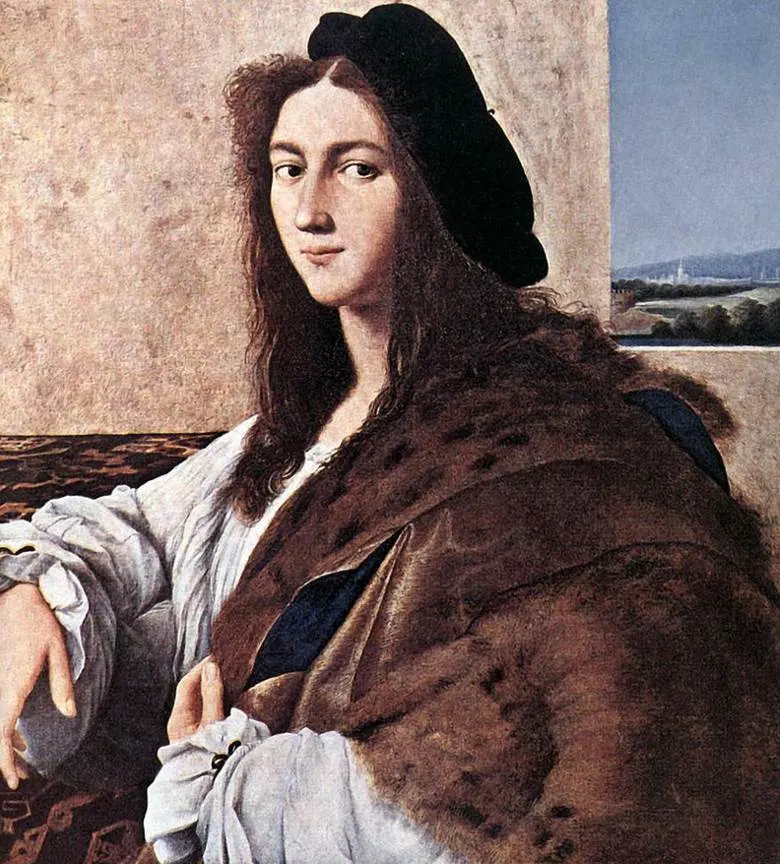
4. Donatello
Donato di Niccolò di Betto Bardi (1386-1466) was a sculptor who was active during the early phase of the Renaissance. He is credited with developing the Renaissance style of sculpture. His sculptures feature a realistic depiction of the figures as opposed to the idealized medieval sculptures.
Based in Florence, the city considered to be the birthplace of the Renaissance, his main patrons were the rich Italian banker and politician Cosimo de’ Medici (1389-1464). This artistic freedom allowed him to create multiple masterpieces, including Donatello’s David, the first male nude created since antiquity.
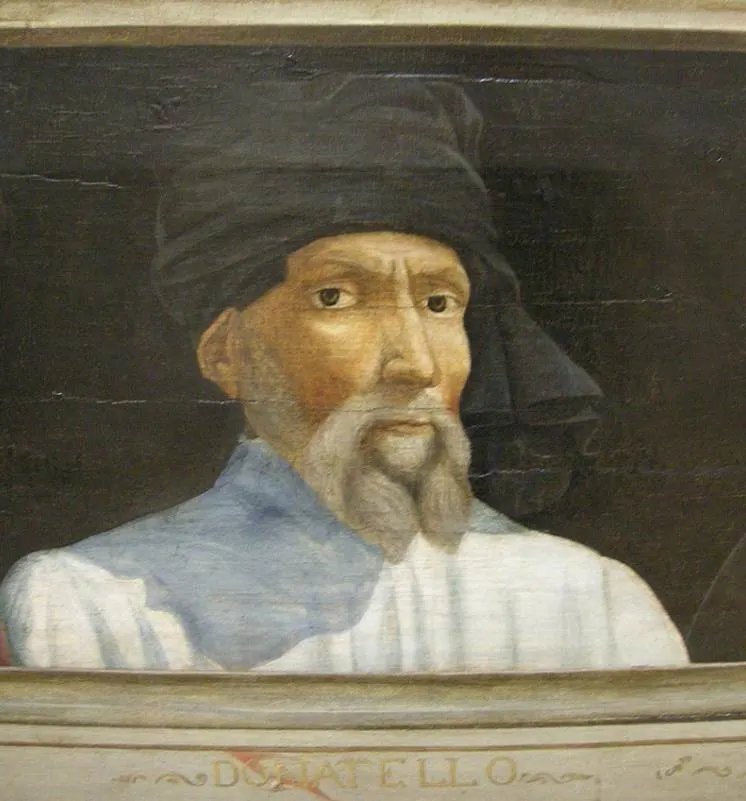
5. Filippo Brunelleschi
Filippo Brunelleschi (1377-1446) was an architect and sculptor who transformed the world of architecture in the early 15th century. His most famous work is Florence Cathedral and more specifically the astounding dome of this magnificent church.
What’s remarkable about the immense brick dome is that it was the first time since antiquity that a structure like this was constructed and it remains the largest brick dome in the world today. The contributions of Brunelleschi exceed this achievement as they extend to the fields of sculpture, mathematics, engineering, and ship design.
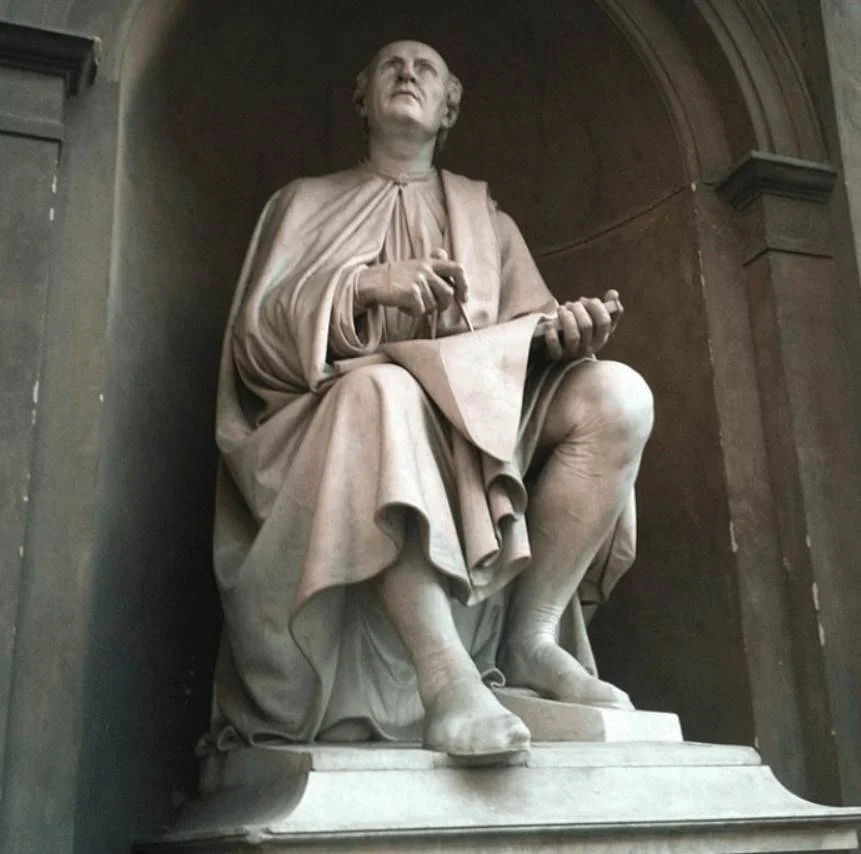
6. Donato Bramante
Donato Bramante (1444-1514) was another Italian architect who is credited with introducing Renaissance architecture to Milan and High Renaissance architecture to Rome. He built on top of his predecessor Brunelleschi to develop one of the most influential architectural works in history.
Some of his most impressive achievements are a little temple referred to as the “Tempietto” in the courtyard of San Pietro in Montorio in Rome, and the original design of St. Peter’s Basilica. Both structures have been immensely influential in the world of architecture in both Europe and the United States.

7. Titian
Tiziano Vecelli (1490-1576) is considered to be one of the leading artists of the Venetian School of the 16th century. He was an incredibly versatile artist who left behind amazing paintings of all types of subject matter, ranging from portraits to huge mythological allegories.
He died of very old age and left behind a legacy in the city of Venice that is unmatched by any other artist. He became one of the most sought-after Italian artists in Europe as well, finding patrons at the Habsburg court and the Papal States.
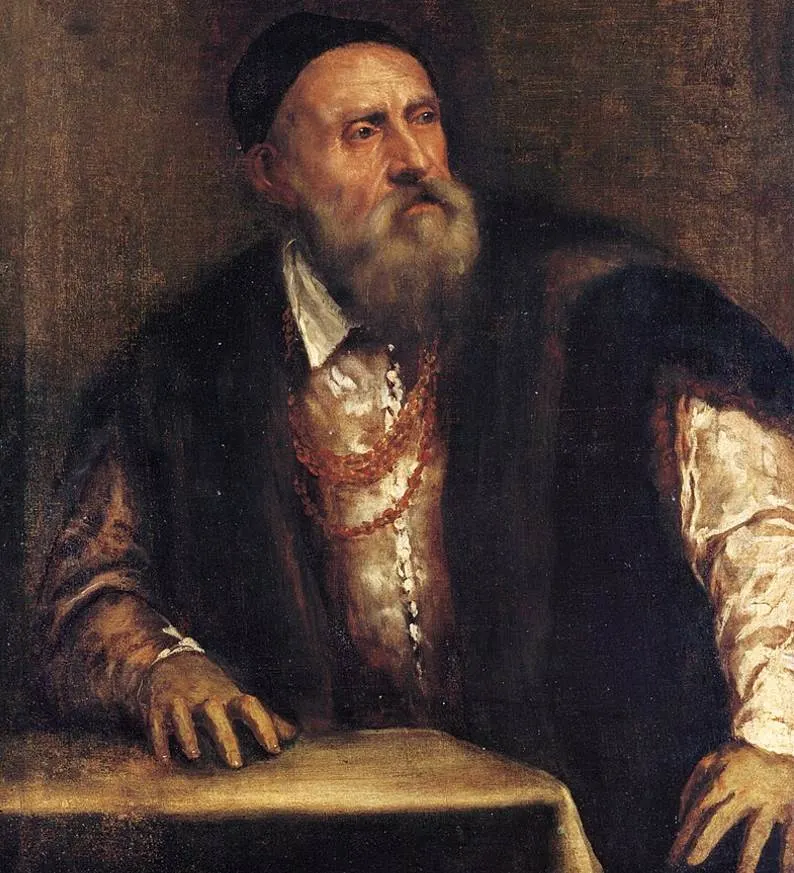
8. Tintoretto
Jacopo Robusti (1518-1594) was a Mannerist artist who lived and worked in Venice when Titian was already an established painter in the city. He still managed to earn commissions from the highest levels and left a permanent mark by decorating churches and palaces in Venice with astounding paintings.
He went by the nickname Tintoretto as a child but was often referred to as “Il Furioso” as well. This was a reference to the remarkable style in which he produced paintings, defined by his incredible pace and bold brushstrokes. He created the largest canvas painting in the world called “Il Paradiso” which is located in the main hall of the Doge’s Palace in the city.

9. Paolo Veronese
Paolo Veronese (1528-1588) was the third artist who dominated the art scene in Venice in the 16th century. He was the youngest of the three leading figures of the Venetian School and although he is considered to be a supreme colorist, is often regarded as the least renowned.
That being said, his monumental paintings were in high demand during his time and he often earned commissions in favor of Tintoretto and even Titian after permanently moving to the city in 1553. His most renowned artworks are lavish banquet scenes such as “The Wedding at Cana” and “The Feast in the House of Levi.”

10. Caravaggio
Michelangelo Merisi da Caravaggio (1571-1610) can easily be described as one of the most peculiar Italian artists in history. His behavior was at times incomprehensible and he was always up for a good brawl. His turbulent life was eventually cut short by mysterious circumstances after he was on the run after (accidentally) killing a man.
What’s interesting about Caravaggio is that his troubled personality and odd behavior didn’t overshadow his artistic career. Although he initially struggled after moving from Milan to Rome, he still managed to acquire commissions from the highest levels in the city. His incredible paintings which were produced with a distinctive chiaroscuro effect are some of the most fascinating works of art ever created.

11. Gian Lorenzo Bernini
Gian Lorenzo Bernini (1598-1680) was the leading sculptor of his time and is credited with inventing the Baroque style of sculpture. This means the extreme use of dramatic effect and motion, something exemplified by Bernini’s David, his version of the popular Biblical hero.
The famous Italian artist wasn’t merely a sculptor but also a renowned architect. He left his permanent mark on the city of Rome by designing both St. Peter’s Square and becoming the leading architect of St. Peter’s Basilica. These were just a few of the numerous architectural projects that he produced during his extensive career.
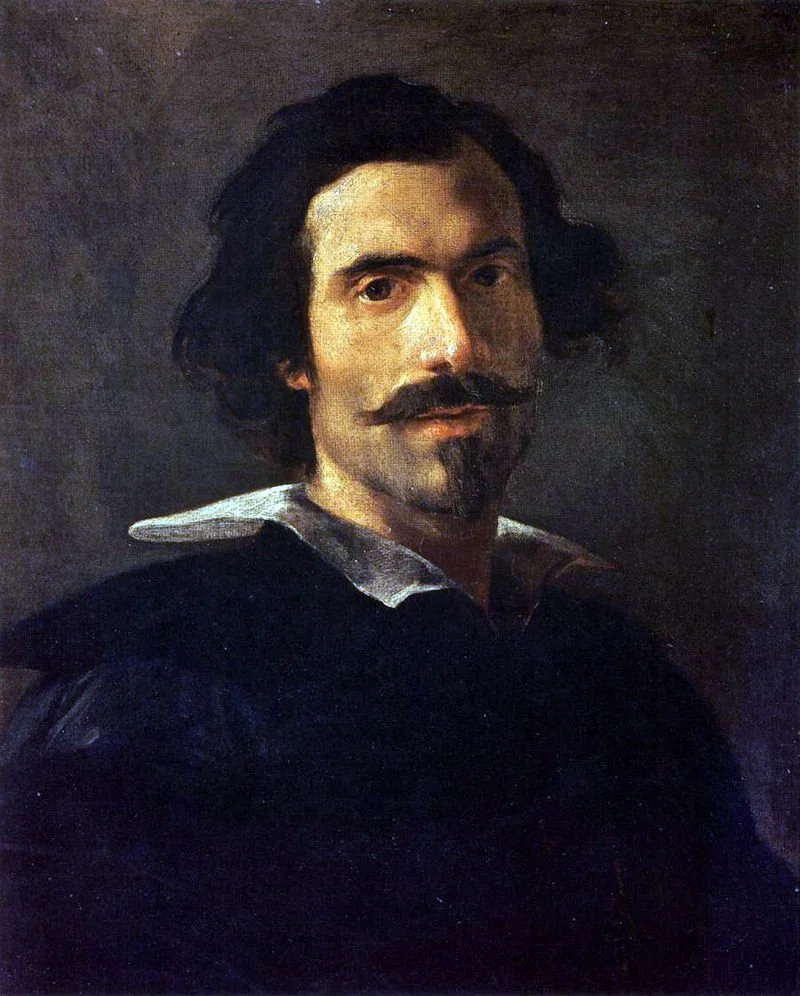
12. Antonio Canova
Antonio Canova (1757-1822) emerged during a period in which the dramatic sculptures of Bernini had fallen out of favor and a return to works produced in antiquity was favored. Canova managed to combine the best aspect of Baroque and Neoclassical artists in his sculptures to become the leading artist in Europe of his time.
He initially worked in Venice, moved to Rome in 1780, and became the most sought-after artist in Europe at the end of the 18th century. He earned commissions from patrons in France and England and sculpted both the French Emperor as “Napoleon as Mars the Peacemaker” and his sister Pauline Bonaparte as “Venus Victrix.”
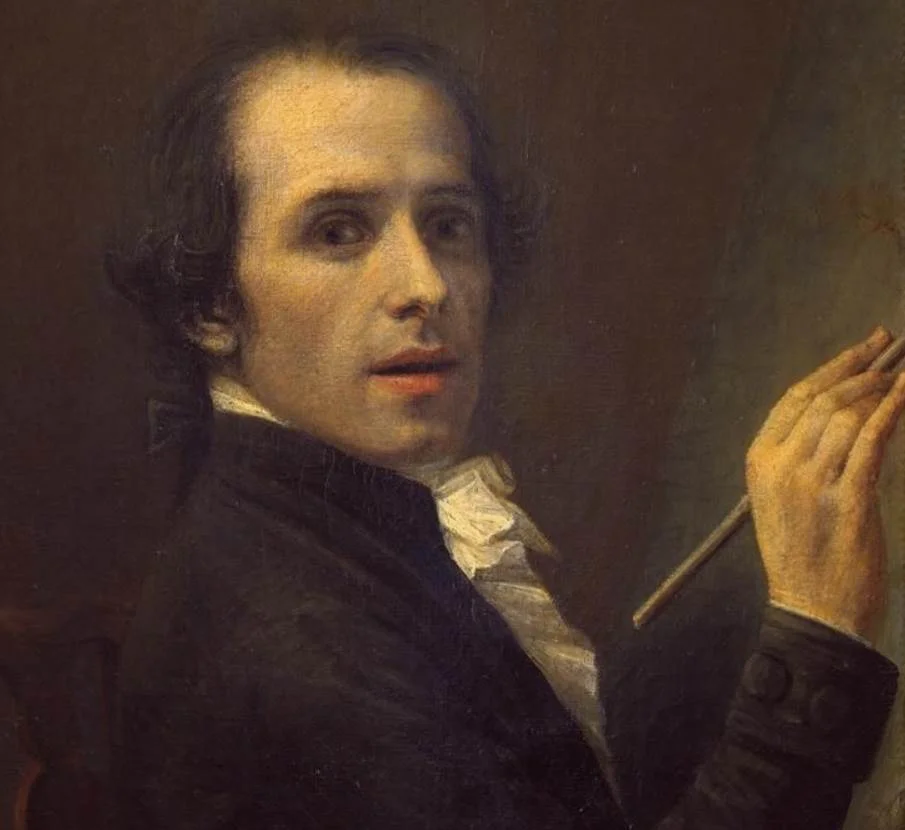
13. Annibale Carracci
Annibale Carracci (1560-1609) was one of the most important Baroque artists in Italian history. He developed his own style and his paintings showed influences from both Florentine and Venetian painters. His eclectic style revolved around the composition used by Renaissance artists and the vivid colors of Mannerist artists and laid the foundation for Baroque artists in Italy.
Together with his brother Agostino and his cousin Ludovico, he founded the Bolognese School of art. He’s also the co-founder and first leader of the “Accademia degli Incamminati” or “Academy of those who make progress.” It was founded in 1582 and is considered to be the first art academy in Italy.
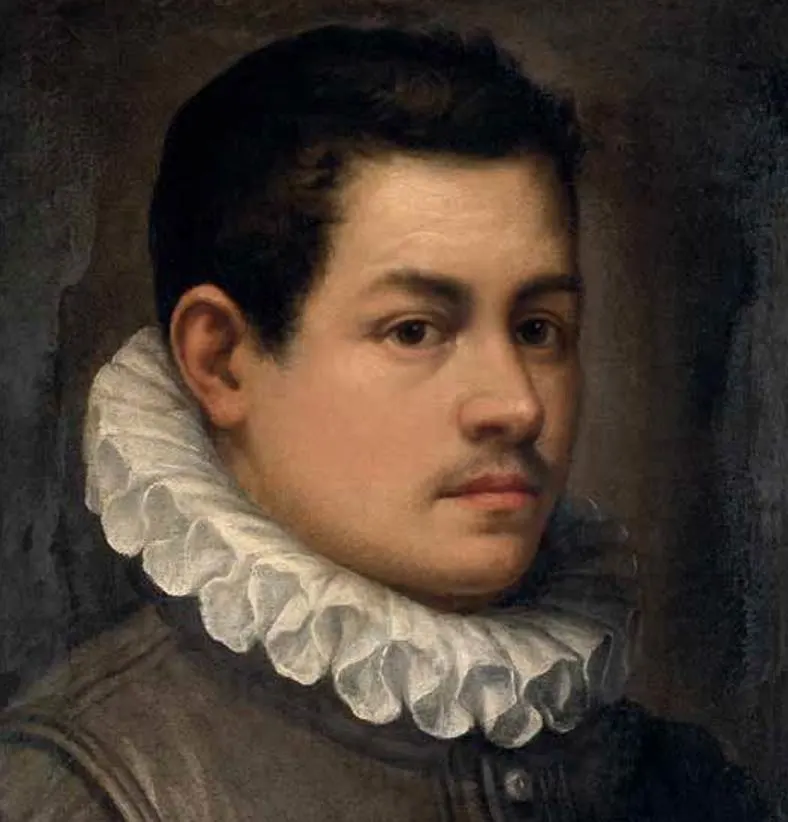
14. Parmigianino
Parmigianino (1503-1540) is the nickname of an Italian artist who was born Girolamo Francesco Maria Mazzola. This nickname is a reference to the place where he was born, Parma, a city that was part of the Duchy of Milan at the time. He became one of the first artists whose career was entirely within the Mannerist period.
He developed a distinctive style and produced some of the most iconic Mannerist paintings in history. This includes the “Madonna with the Long Neck” (1534-1540), a painting considered to be the embodiment of this style which is also known as the “Late Renaissance.”
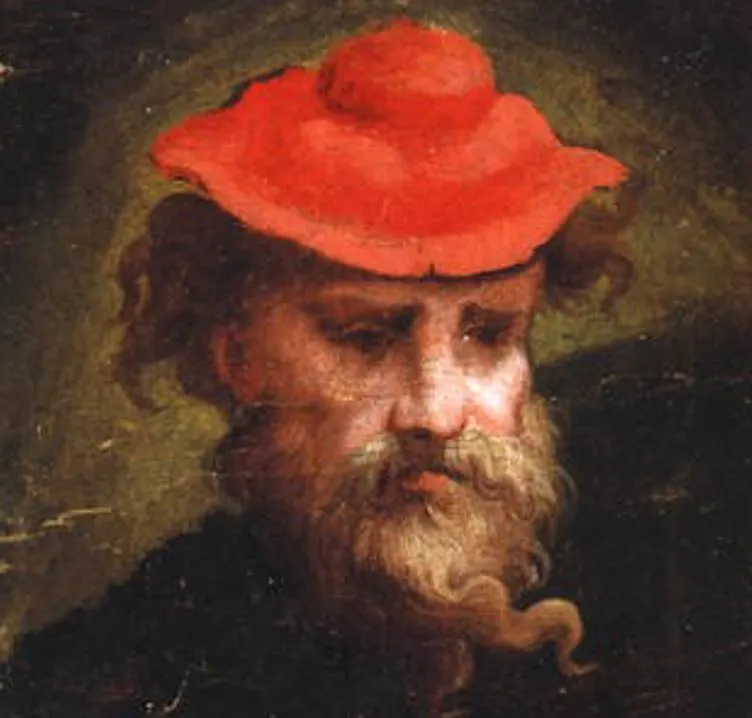
15. Sandro Botticelli
Sandro Botticelli (1445-1510) is considered to be one of the most famous Renaissance artists in history, and that makes it all the more remarkable that he didn’t develop the same style of painting as his contemporaries. His technique is often described as archaic and resembles the world of thick artists a century earlier.
He was born in Florence and spent most of his life living and working in the city. He also traveled to Pisa and most notably Rome where he decorated the Sistine Chapel before it was officially completed in the early 1480s. His most famous paintings are Primavera and The Birth of Venus, two world-famous works of art.
